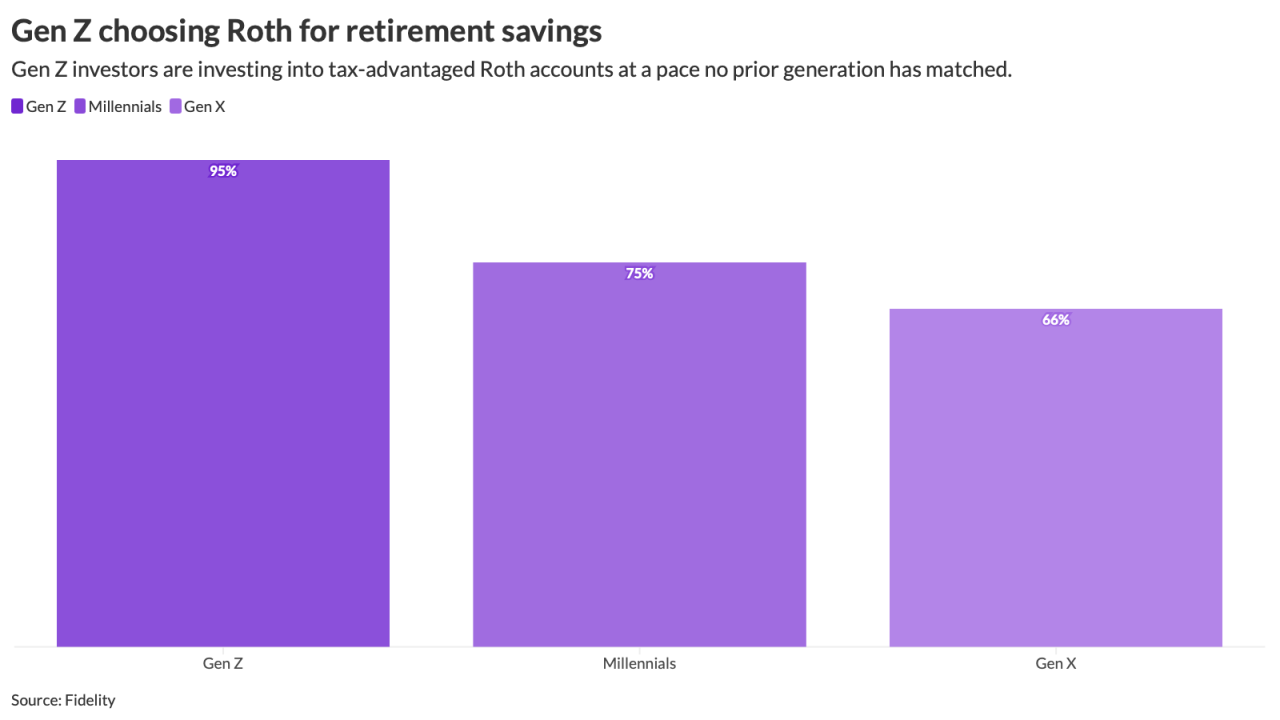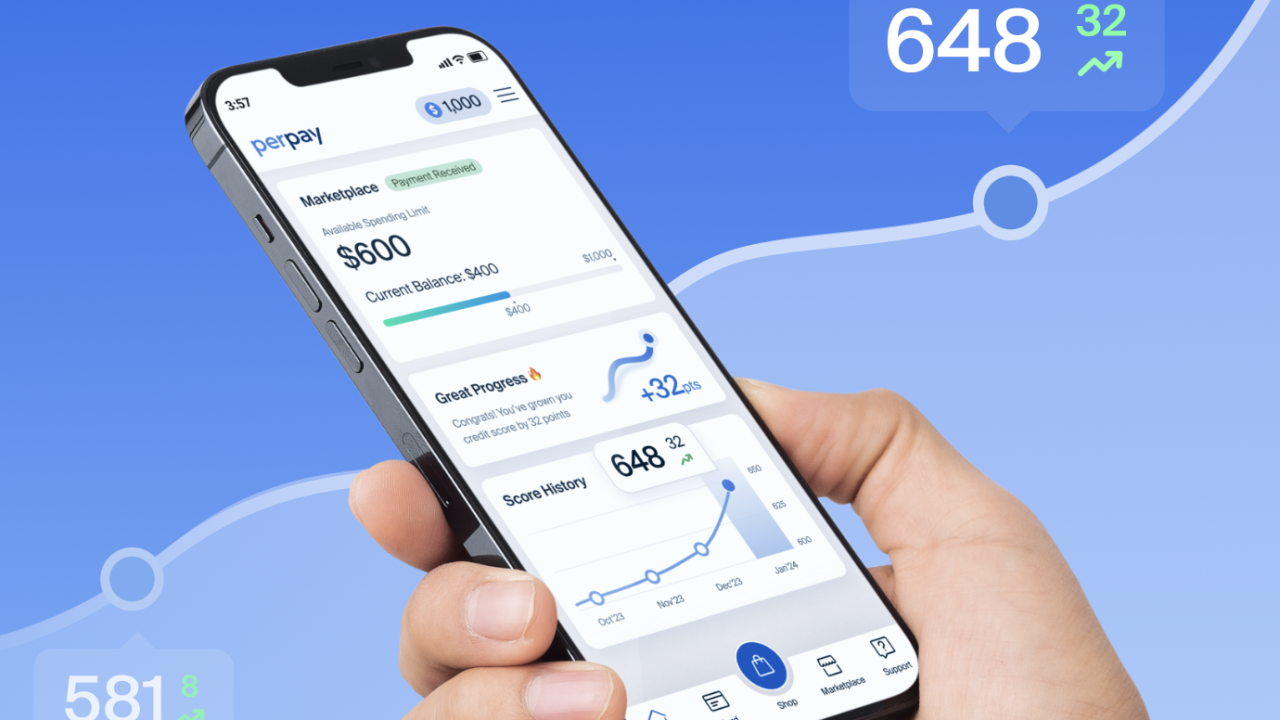Staying home to recover from a work injury can spiral into never returning, but a good manager may be the key player to getting employees back on the job.
After an employee stays home for over a month, the chances of returning to work for the same employer are less than 20%, according to a joint survey by the Disability Management Employer Coalition and Lincoln Financial Group. The same survey says their likelihood of working at the same company is much higher if they wait less than a month to return to work, and supervisor communication plays a huge role in that.
“People are out of work three times as long when a manager isn’t supportive and doesn’t believe the person is sick or struggling,” said Dr. Glenn Pransky, scientific advisor for Lincoln Financial Group during Thursday’s webinar on managing employee absence. “We collected information suggesting supervisor responses are super important for determining when employees return back to work.”
Reducing the time an employee is out because of illness or injury saves employers money on disability payments. While some medical conditions require sufficient bedrest, the employee absence study suggests staying home from work for long periods of time can have an adverse effect on mental health. The study suggested these employees were worried about returning to work and financial security; being around family only added to the stress.

“These negative influences cause them to make the psychological transition from a worker to someone with a serious illness who can’t work. They believe they can’t be cured and shouldn’t work,” Pransky said.
So how can companies prevent employees with broken wings from falling into this trap? By keeping contact and making reasonable accommodations, the survey said.
“As we look at the evidence, what we see is a summary that when there’s participation and partnership, there’s clearly a positive impact on claims duration and cost,” Paula Aznavoorian-Barry, accommodation services manager for Lincoln Financial Group said during the webinar.
Calling employees to check in and let them know they’re valued is an important first step to help them recover, Pransky said. It builds self-confidence and starts the process of determining how to ease them back into work.
In situations where it’s more appropriate to wait before contacting an employee on leave — like after a major surgery — Aznavoorian-Barry recommends enlisting your HR department to help.
“Supervisors can write up a get well card that says to call when you’re feeling better, then have the HR department mail it,” Aznavoorian-Barry said. “They have everyone’s addresses anyway, and not all employees want that information given out.”
When they do decide to return to work, it’s important to respect and maintain communication about any performance limitations the employee may have. Employers who need clarification on physical limitations can speak to the employee’s doctor without violating HIPPA laws; physicians just aren’t allowed to disclose specifics about the condition itself.
“Even if they aren’t able to perform all their job duties, getting those employees back in the workplace will expedite their recovery,” Aznavoorian-Barry said. “It’s more work for managers and other team members, but it’s important to remember we want employees to return to work.”






